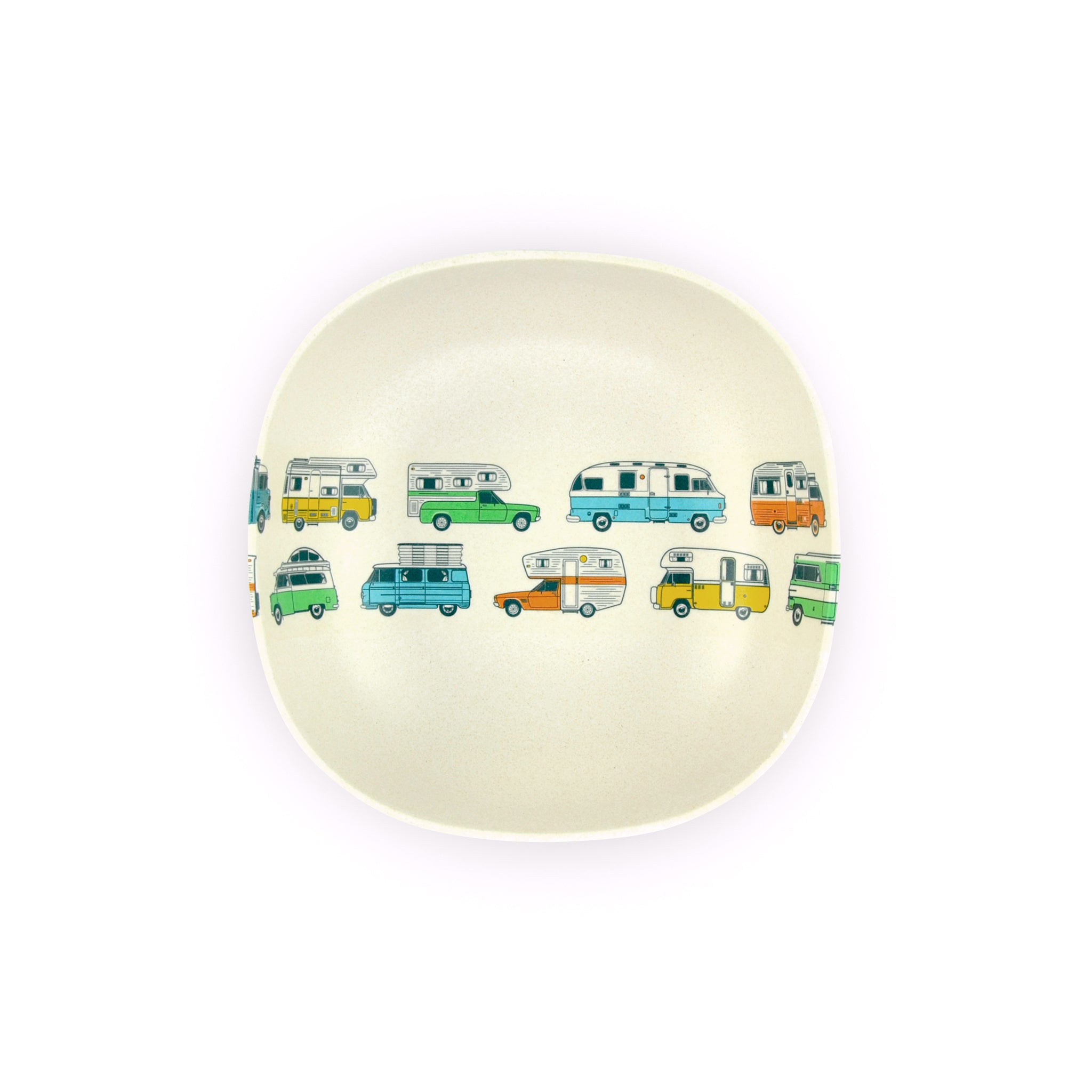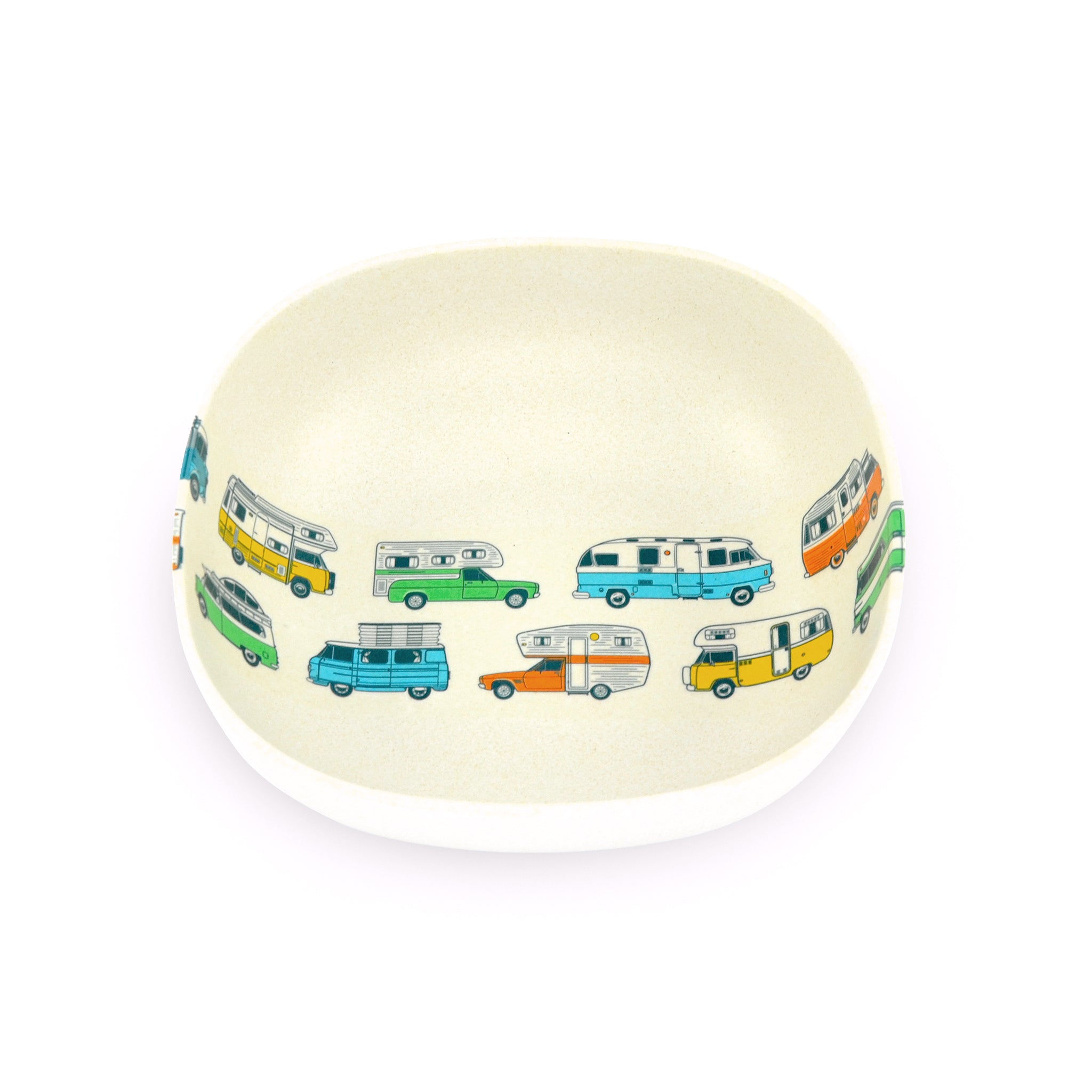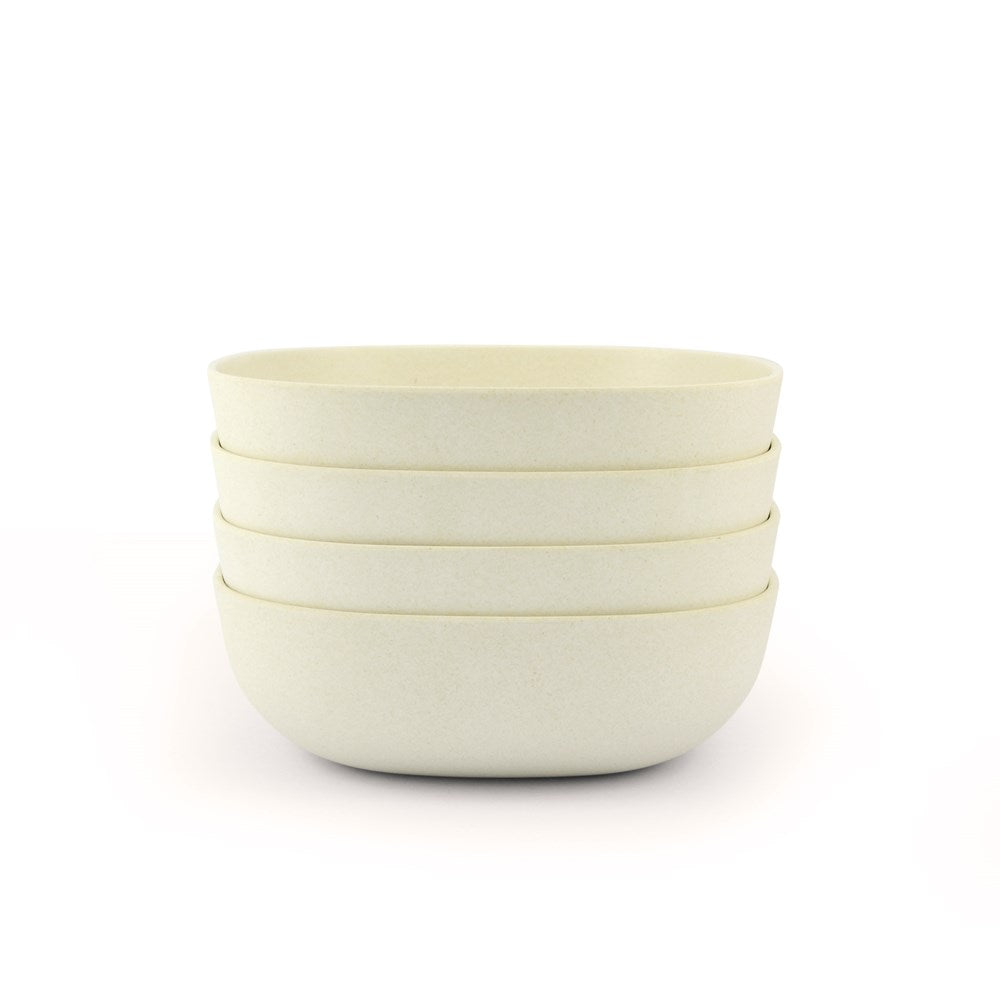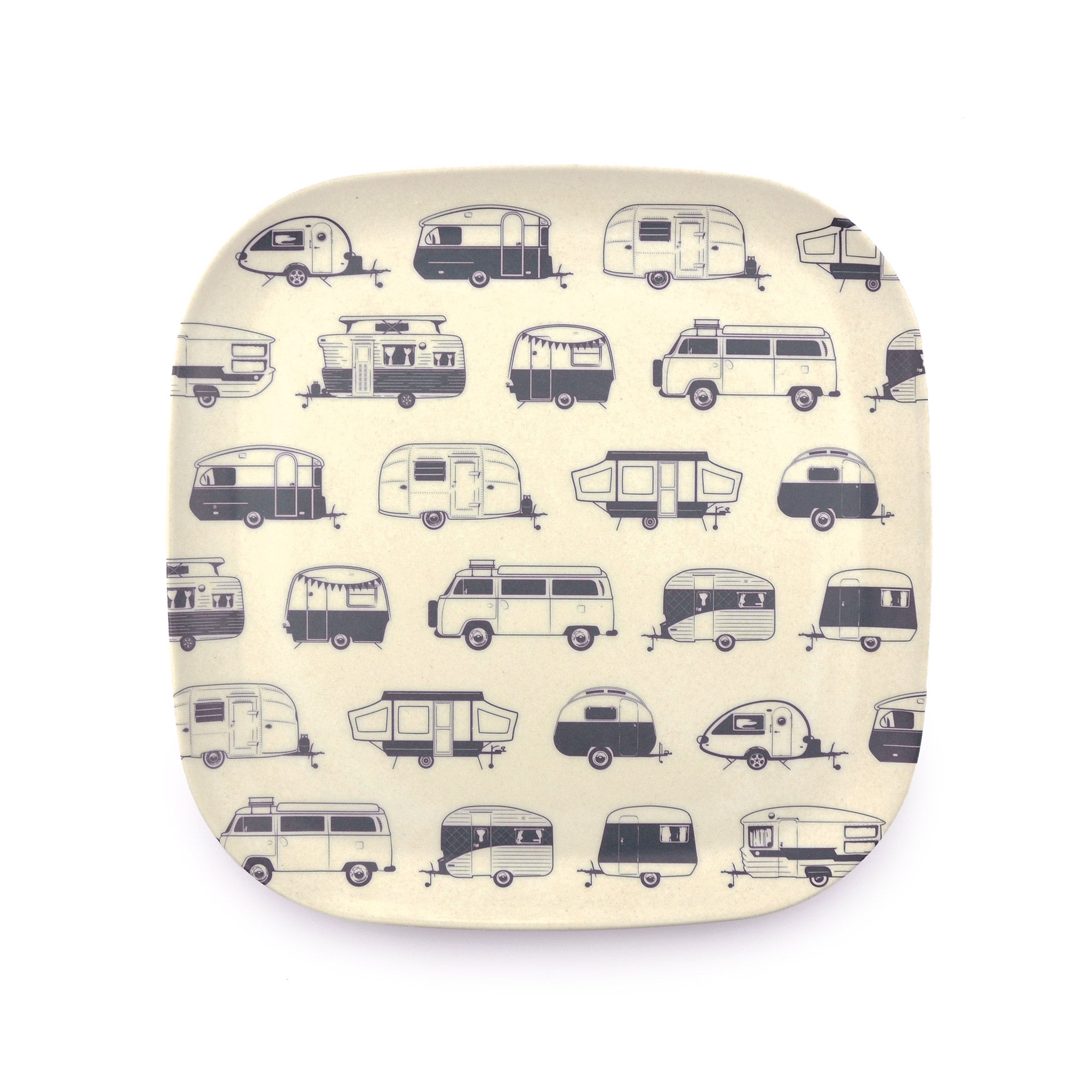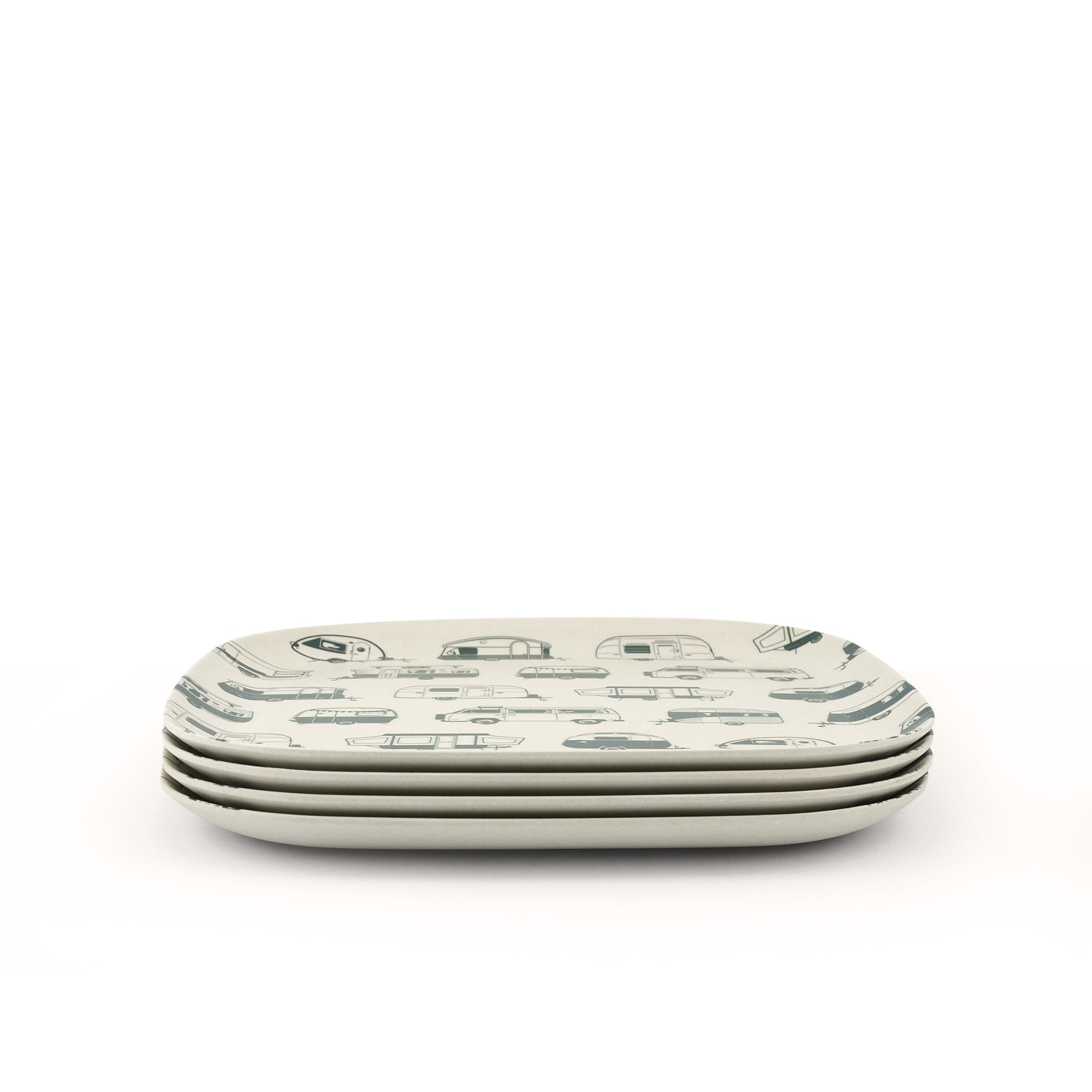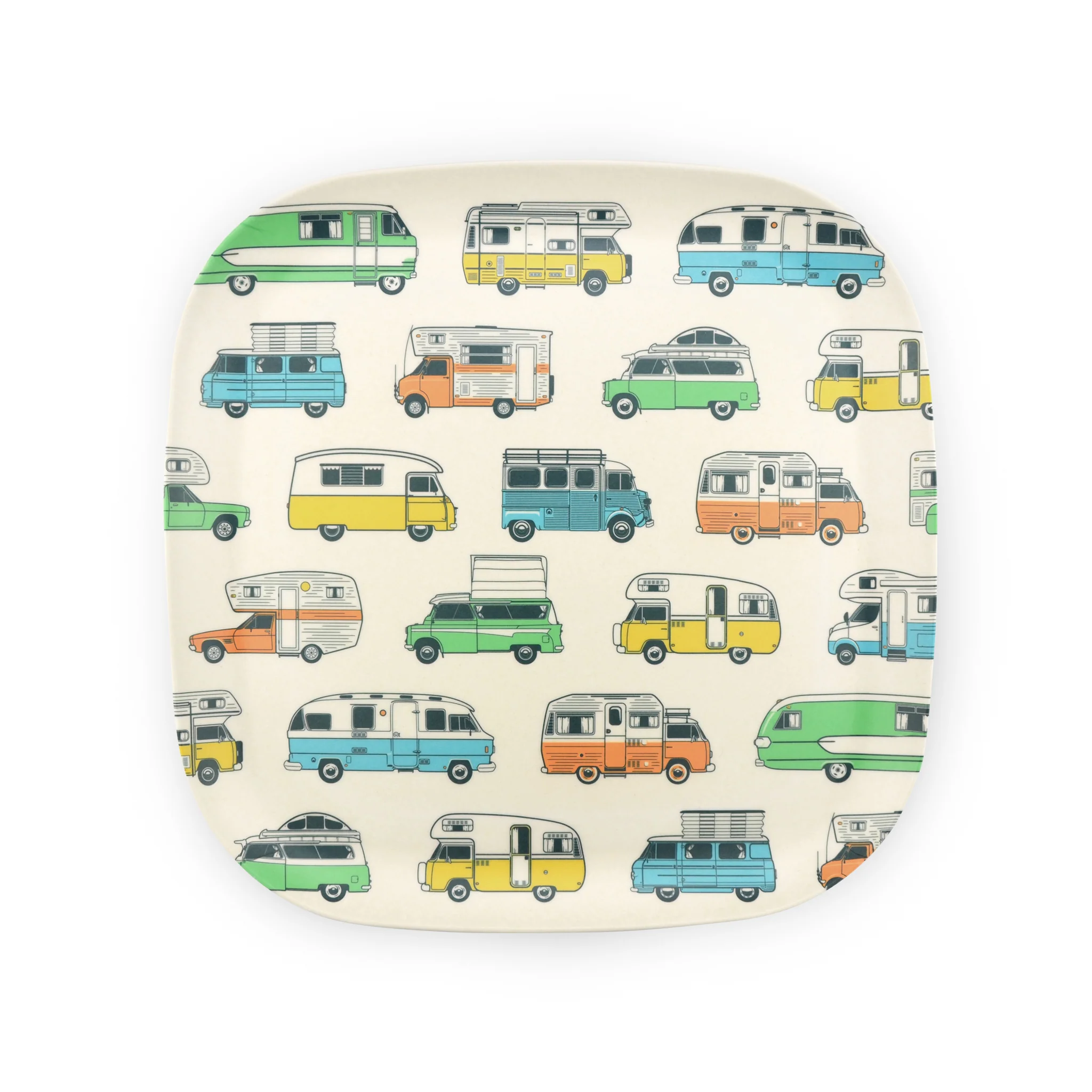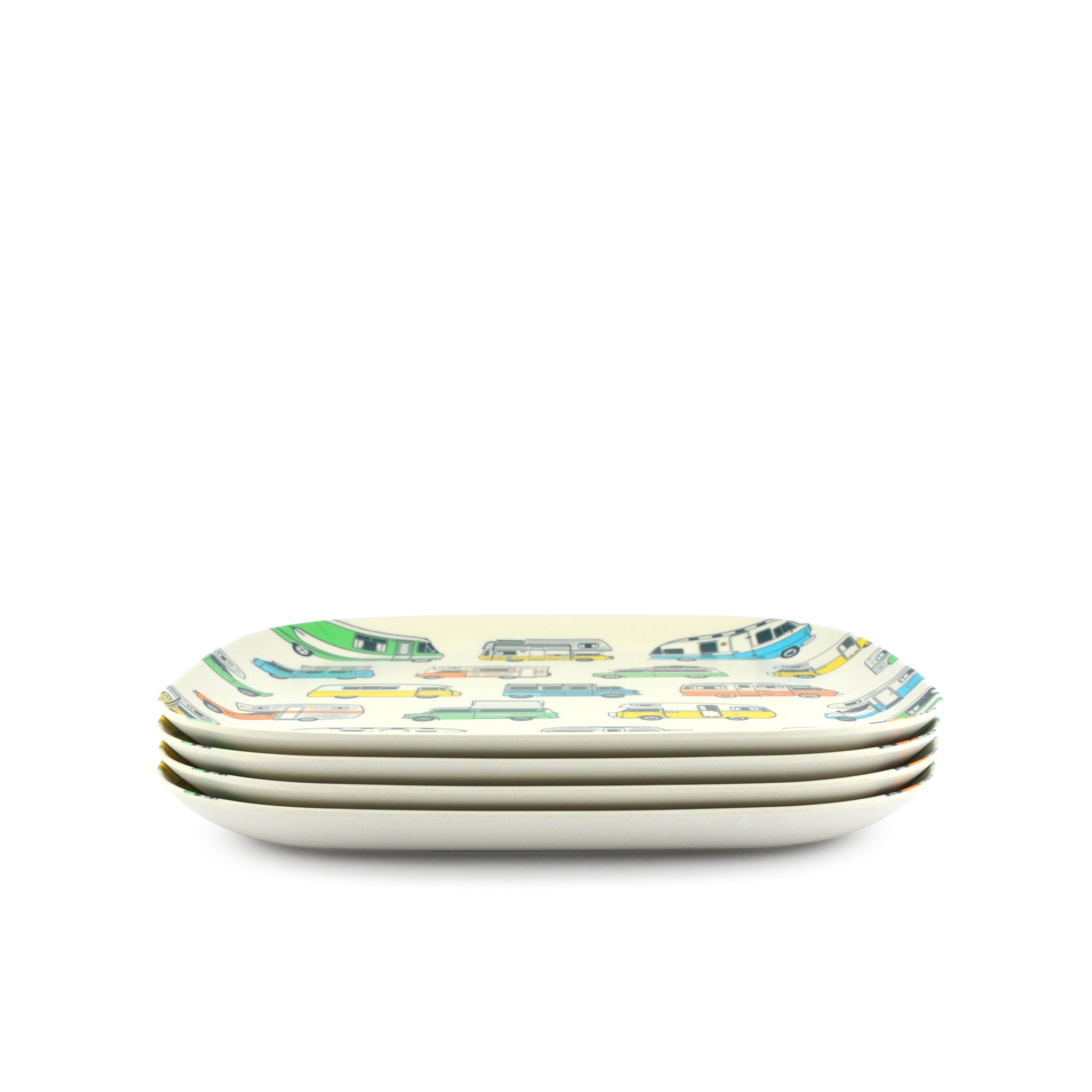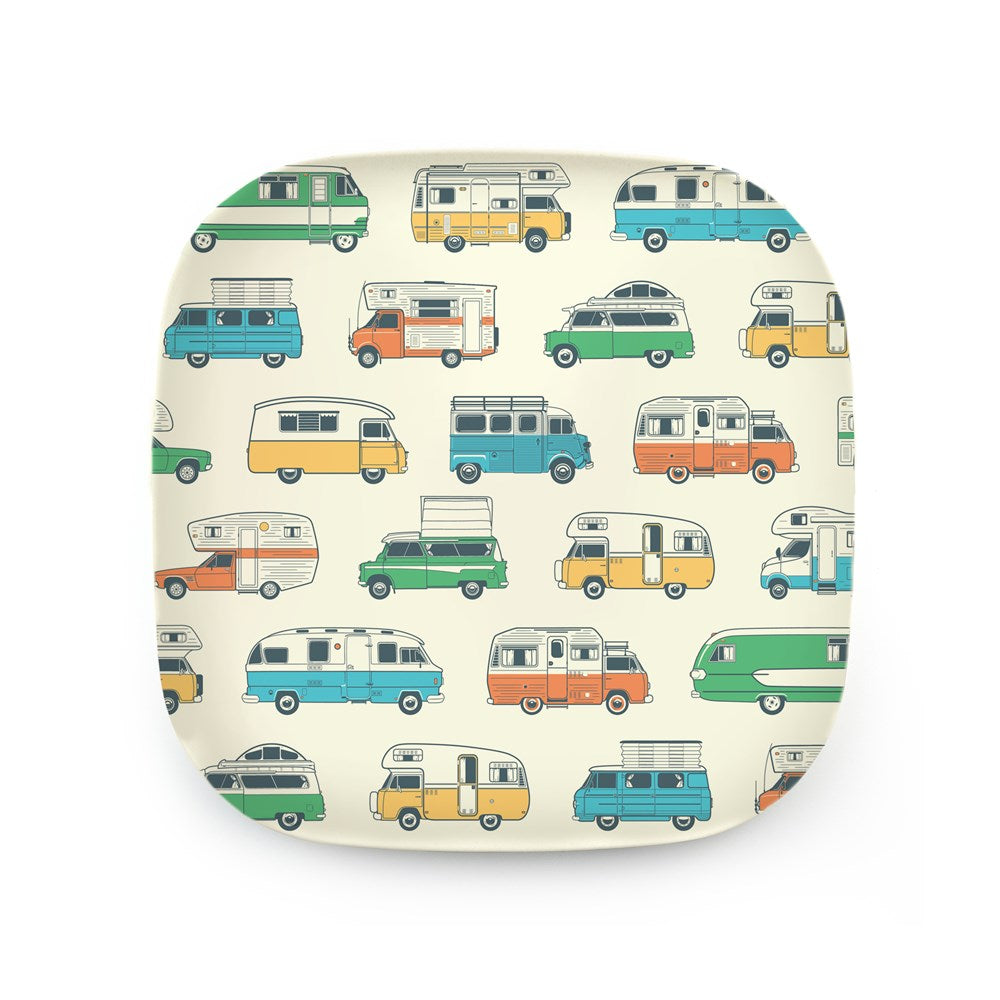Kombi & Westfalia Vans
The Westfalia company started way back in 1844 by Johann Bernhard Knöbel. Originally manufacturing horse-drawn carts in the Westphalia region of what is now Germany, the business grew to be quite the success story! By the end of the 1940’s, Westfalia was well known throughout Europe as a manufacturer of high-quality transport vehicles.
A sketch made by Dutch VW importer Ben Pon inspired the engineers at Volkswagen to develop the first Type 2 Transporter conversion together with Westfalia. Built at the request of a British military officer to outfit a VW transit van to use as a mobile live/work space, this “camping box” featured a double door, studio couch, folding table with bench seat, cabinet and a sideboard. More orders soon followed, Westfalia began a subcontractor partnership with VW, and the rest, as they say, is history.
The VW Type 2 (T2) pop-top was to become their most iconic van. Following on from Volkswagen’s Type 1 model – which was the Beetle! – This particular vehicle has amassed quite a few nicknames, but we know it as – you guessed it – the Kombi. Of course, we also love the name “Hippie van”! Also containing a foldaway bed, sink, stove and cool box, the Kombi had everything you needed in a mobile home.
Actually, the original German name was Kombinationskraftwagen, meaning “combination vehicle” (a passenger and cargo vehicle combined), as the rear and middle seats could be added or removed. A rear-engine, rear-wheel drive van, the Kombi was produced in West Germany between 1950 and 1979.
Westfalia went on to manufacture and convert many camper vans over the years. To name just a few… 1977 brought the arrival of the “James Cook” model, which combined safety and comfort and became a best seller for Westfalia. Then came the “Sven Hedin” (named after a Swedish Explorer) - the first motorhome with a shower, hot water system and a specially designed high roof. In 1978, the VW “Joker” came to market. Its’ popularity was due to the fact that families no longer needed an additional passenger car, making this vehicle financially possible for many households for the first time. In fact, 70,000 were sold in one decade.
During the late 1990’s, DaimlerChrysler acquired 49% of Westfalia, and in 2001, absorbed the remaining 51%. As DaimlerChrysler is a Volkswagen competitor, this spelled the end of the Westfalia-VW partnership. However, it wasn’t the end for Westfalia, who were acquired by the Rapido group in 2011 and are still going strong today…
Meanwhile, the Kombi was also being produced in other countries, such as Brazil, and had been since 1957! However, due to increasing safety regulations such as the mandatory installation of ABS brakes and double air bags, production in Brazil ended in 2013.
But fear not - the Kombi lives on! VW Australia has launched a new generation of Kombis, which have already been snapped up by enthusiasts all over the country. Not to mention an electric Kombi due to be released in 2022! Ben Pon would be proud.
The ultimate symbol of freedom and adventure, the Kombi will always hold a special place in our hearts.
To read more about the history of this iconic van, check these sites out -
https://bringatrailer.com/2018/03/26/westfalia-at-175-a-brief-history/



